Great rivers spawn great cities; Seine for Paris, Thames for London, Tibur for Rome. A river’s life giving power to quench thirst and provide irrigation, transportation and trade entices people to cluster into communities and develop civilization.
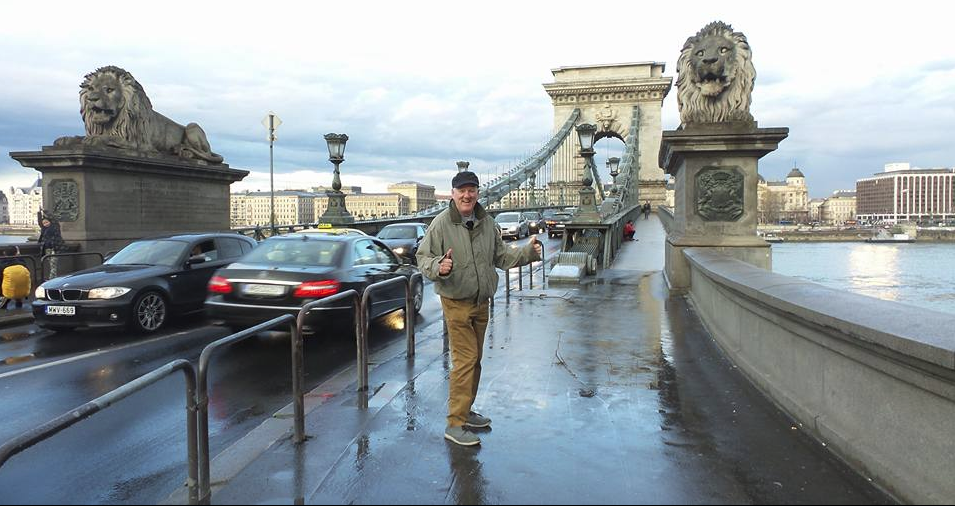
Shielded by the Black Forest, two streams mingle to conceive the Danube River. From its humble birth, it is nurtured by hundreds of creeks and brooks throughout Europe blossoming into a mighty river that snakes 1,700+ miles through many countries and, finally, draining into the Black Sea.
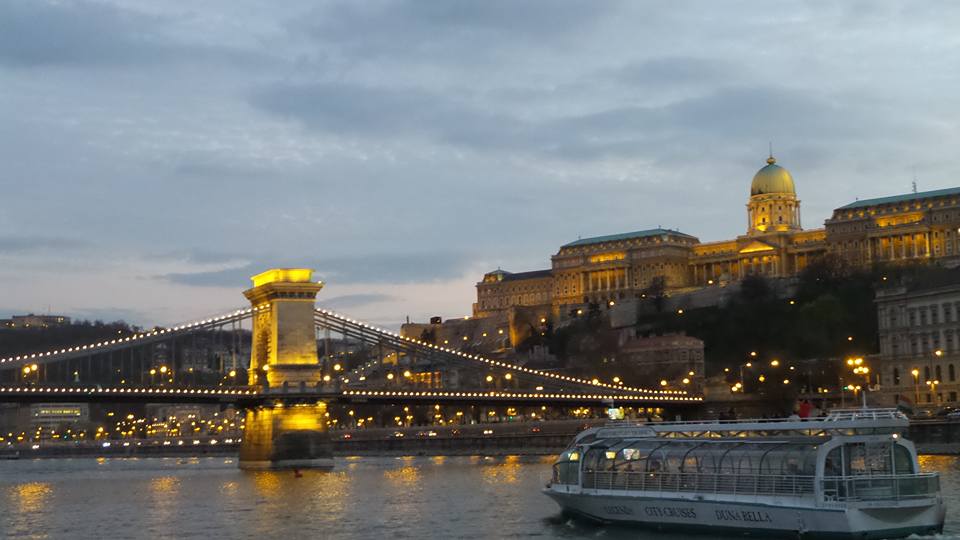
The cities of Buda and Pest in Hungary are separated by the Danube River; until linked in 1849 by the construction of the Chain Bridge. Buda and Pest eventually merged along with the neighboring city of Obuda in 1873 to form the city of Budapest. Today, eight bridges cross the river to connect both sides of the city,
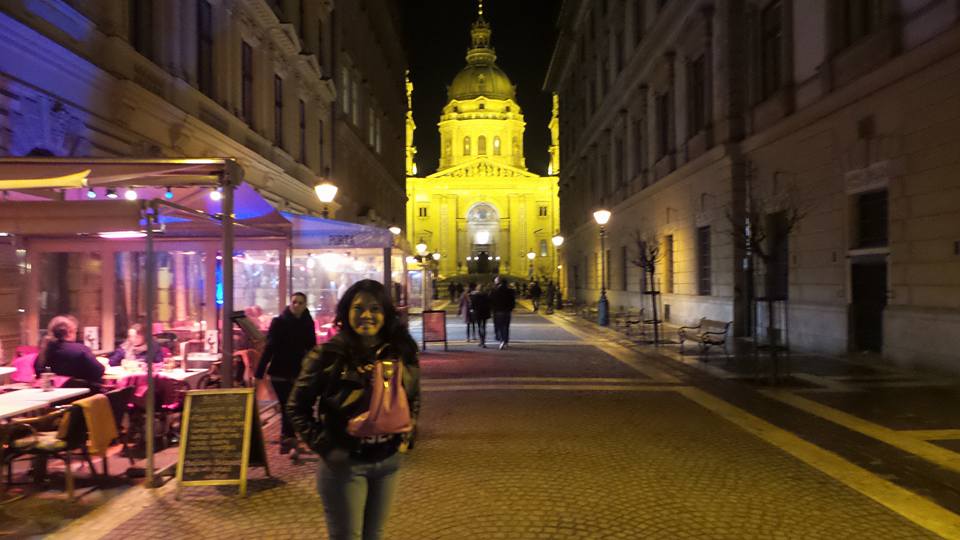
Budapest is the “Thermal Bath Capital of the World”. Warm mineral waters touted with curative value erupt from deep in the earth to more than a hundred hot springs located within the city. Bath houses embellished with domes, fresco ceilings, intricate stone columns, tile mosaics and, statuettes were built to visually enhance the spa experience while the water’s medicinal elements restore mind and body. These Romanesque thermal baths along with 19th century architectural jewels that adorn the river banks display a dramatic skyline that is hailed as one of Europe’s most photogenic.
Budapest enriches this praise with opulent amenities such as the New York Cafe that brims in Italian Renaissance-style splendor promoted as “the most beautiful cafe in the world”; or with vibrant cultural shows at the Matyas Pince by illustrious performers of the traditional Hungarian hand slapping dance. It is in the midst of this historic grandeur that Liz Taylor celebrated her 40th birthday with her wealthy crowd.
For many years, though, Budapest was off-limits to visitors from the West. Under Soviet Military occupation since the end of WW2, it was only after the fall of the Iron Curtain in 1989-90 that Hungary was liberated from communist rule.
During the occupation, bronze sculptures colossal in size were erected throughout the city as propaganda to celebrate the “power and glory” of communism and intimidate citizens into submission. Tarnished by the gentle breeze, these monuments survive today as a reminder of an oppressive era.
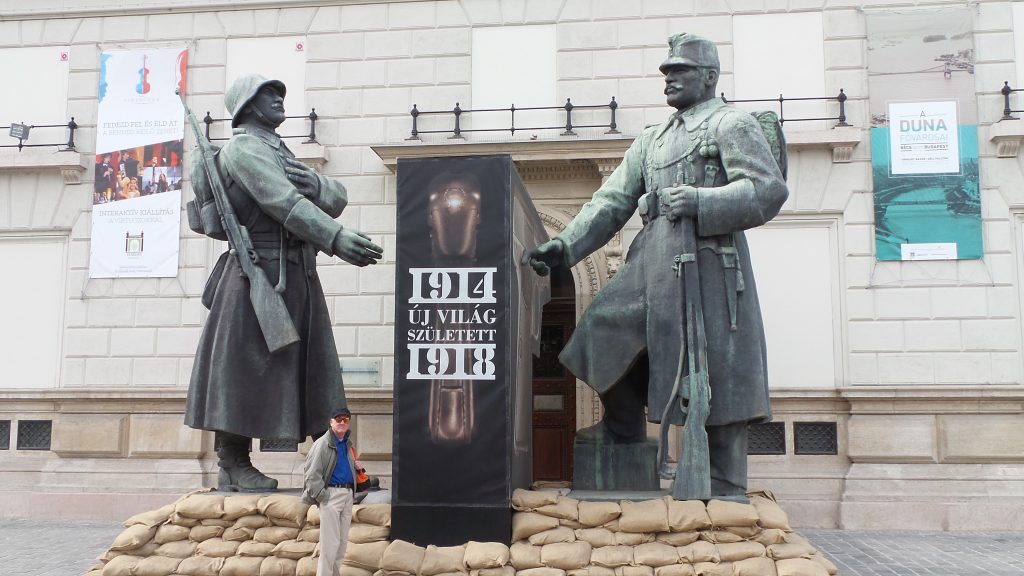
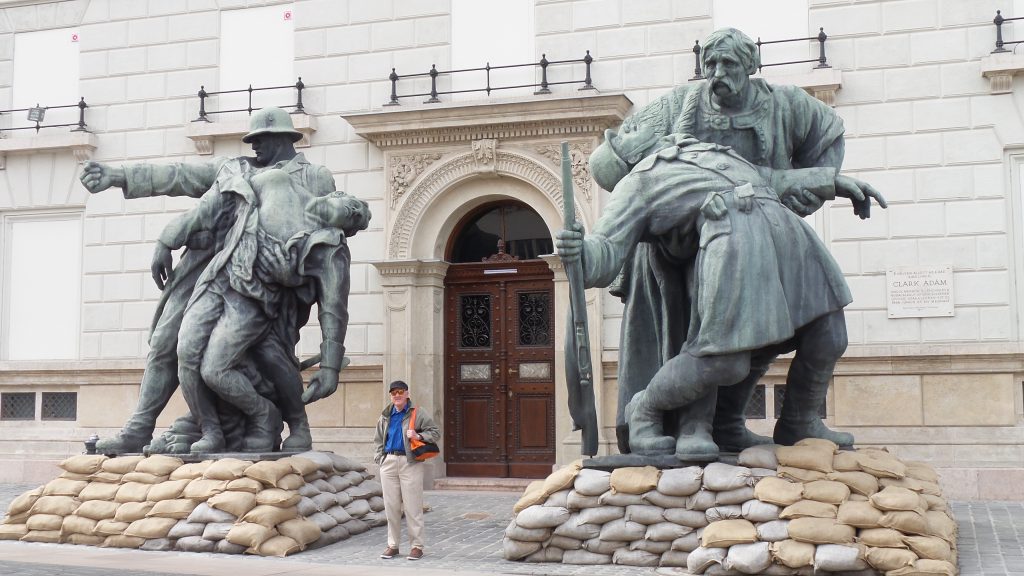
Budapest now thrives as a hub for international entrepreneurs swarming with celebrity sightings as Hollywood uses the city as backdrop for movies. Tourists roam the streets passing time to board river cruises that use its ports as point of origin. Fanciful bronze creatures of whimsy tucked in unexpected places welcome all who visit this fabulous city.
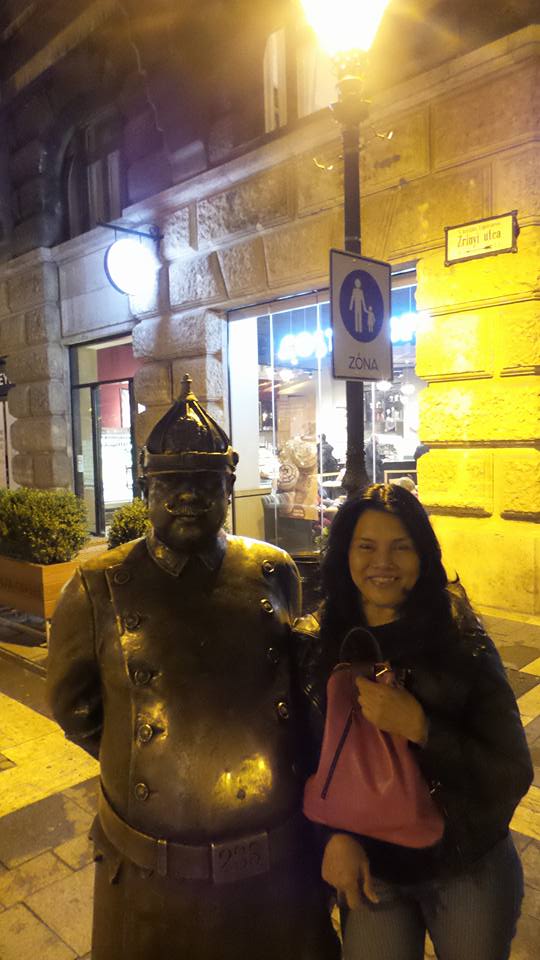
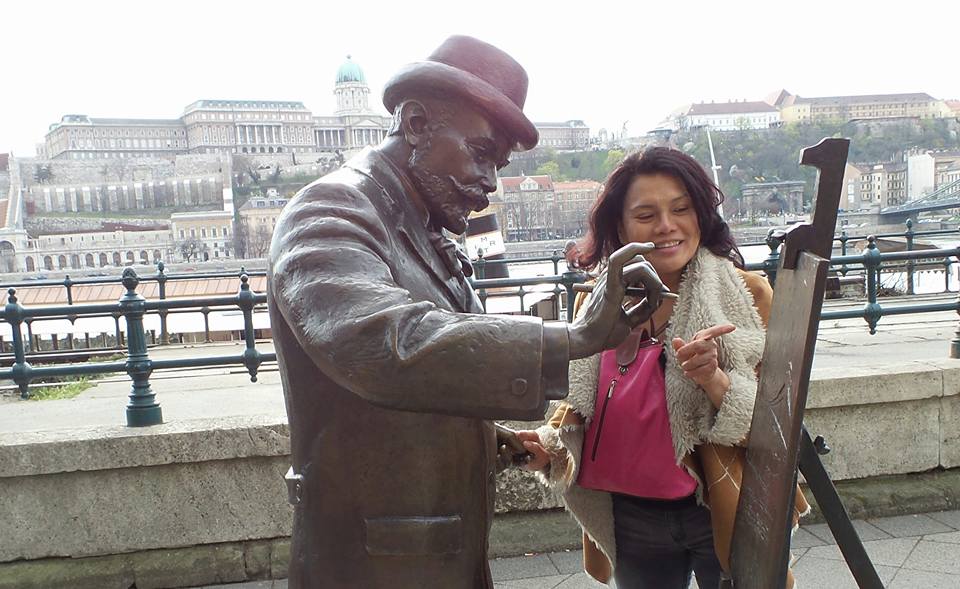
————————Roskovics Ignac—————–
.
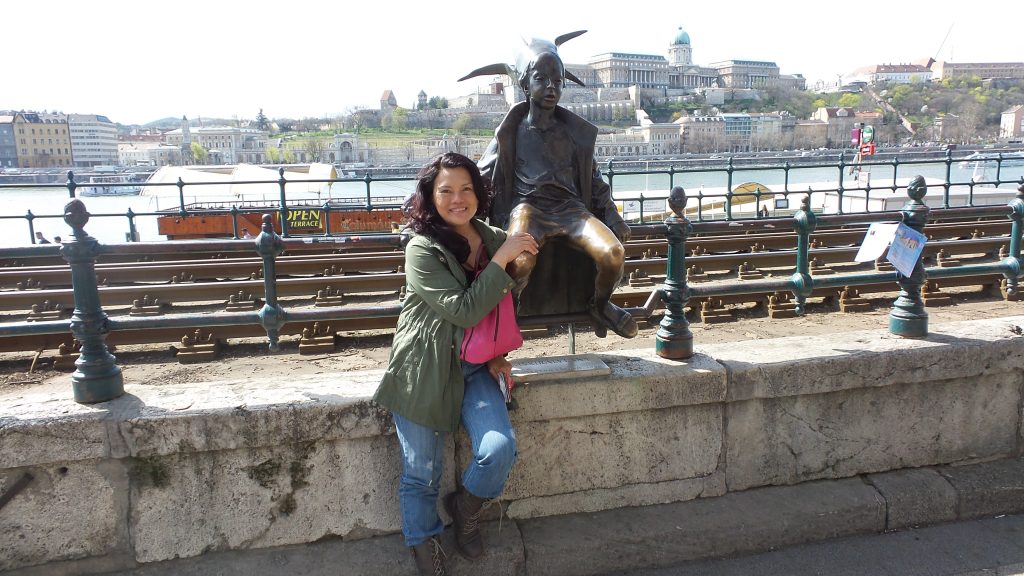
Click here for more adventures.